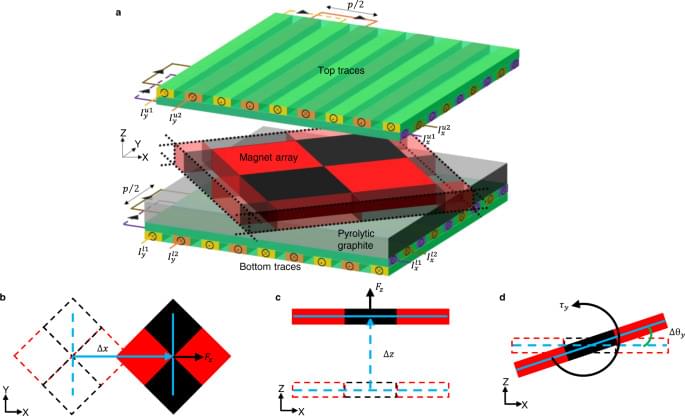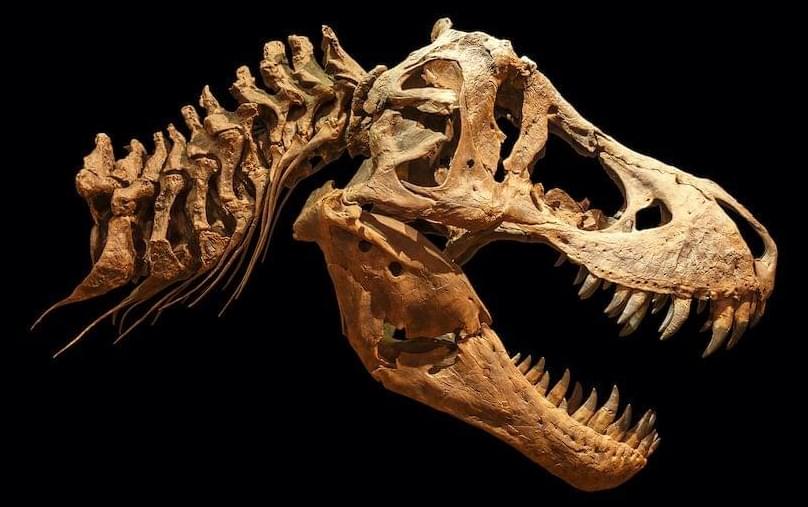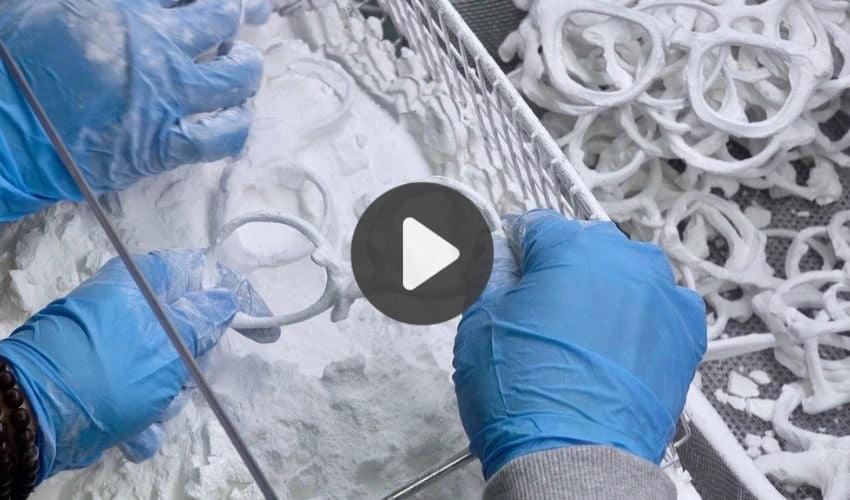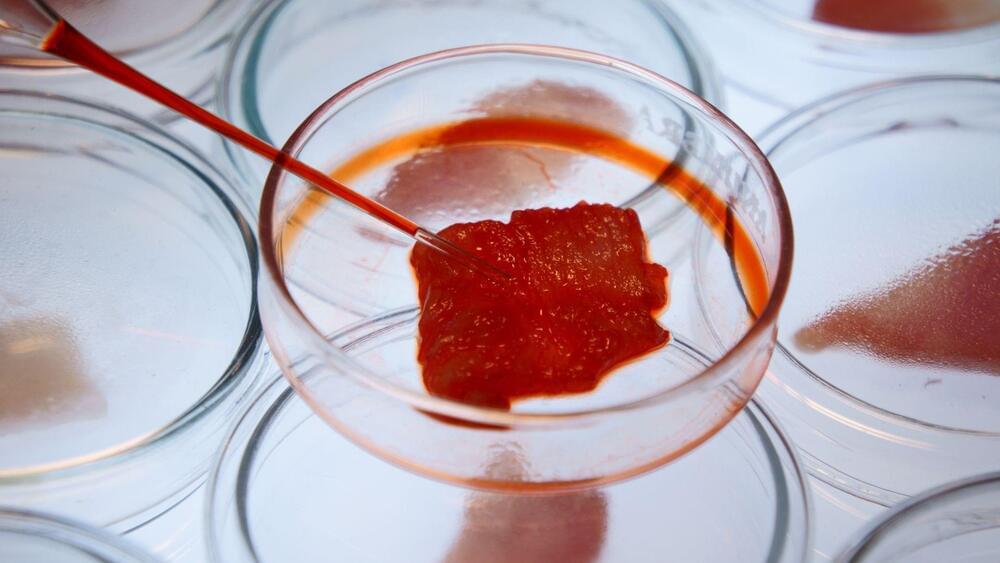‘I was one of the world’s greatest fundraisers; now I’m the fallen wreckage of one.’
Sam Bankman-Fried (SBF), the former chief executive of the bankrupt cryptocurrency exchange Futures Exchange (FTX), has asserted that FTX is still solvent and plans to raise money even while the formal bankruptcy procedure is underway.
“I have 2 weeks to raise $8 billion; that’s basically all that matters for the rest [of] my life.” he wrote, responding to a question about his plans.
Tom Williams/CQ-Roll Call, Inc/Getty Images.
In a Twitter chat with the Vox news reporter on Wednesday, the fallen chief showed defiance, claiming that raising $8 billion to compensate account holders is currently his top priority.






